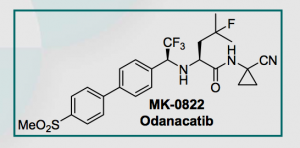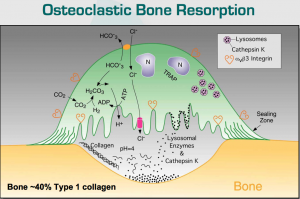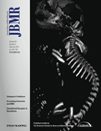How does sunburn cause pain?
Everybody who has sat too long in the sun knows how painful sunburn can be, and how ineffective current treatments such as topical creams can be.
Research by John Dawes and colleagues at King’s College London & University College London has shed new light on how sunburn causes pain.
They investigated the inflammatory response associated with ultraviolet B radiation of the skin and found that the chemokine CXCL5 (also known as epithelial-derived neutrophil-activating peptide-78) mediates UVB irradiation-induced pain in the skin of rats.
The results, published in Science Translational Medicine (STM), suggest that CXCL5 mediates UVB irradiation-induced pain and may be a target for the development of new analgesics or pain killers.
The elegant series of experiments done by Dawes and colleagues attempted to overcome one of the main challenges of pain research – the results from animal models don’t always predict pain relief in humans.
They designed custom-made Taqman array cards to determine the expression of inflammatory mediators in UVB treated rat and human skin, and found chemokine CXCL5 expression to be up-regulated in both rat and humans 40 hours after UVB treatment.
They then tested the hypothesis that CXCL5 was the cause of the pain, and that neutralization of this reduced mechanical hypersensitivity in rats and decreased the number of infiltrating cells. The STM paper is well worth reading for the series of experiments they performed.
Inflammation and inflammatory mediators are poorly understood in many diseases such as osteoarthritis (OA), so generating a better understanding of the underlying biology and mediators of inflammation is key to drug development.
It is too early to tell whether CXCL5 will turn out to be a druggable target, but the work by Dawes and colleagues is a good example of translational medical research worth exploring further.
![]() Dawes, J., Calvo, M., Perkins, J., Paterson, K., Kiesewetter, H., Hobbs, C., Kaan, T., Orengo, C., Bennett, D., & McMahon, S. (2011). CXCL5 Mediates UVB Irradiation-Induced Pain Science Translational Medicine, 3 (90), 90-90 DOI: 10.1126/scitranslmed.3002193
Dawes, J., Calvo, M., Perkins, J., Paterson, K., Kiesewetter, H., Hobbs, C., Kaan, T., Orengo, C., Bennett, D., & McMahon, S. (2011). CXCL5 Mediates UVB Irradiation-Induced Pain Science Translational Medicine, 3 (90), 90-90 DOI: 10.1126/scitranslmed.3002193


